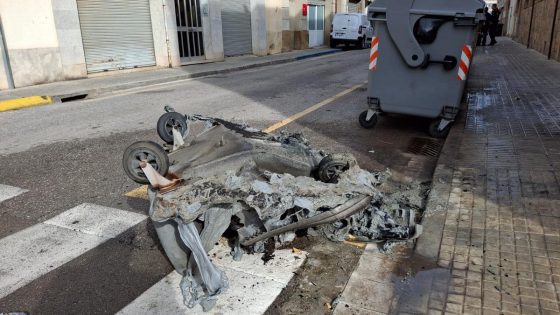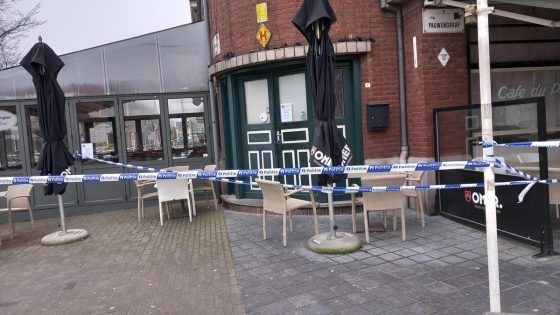The importance of the Chelas-Barreiro rail bridge for Lisbon’s metropolitan cohesion cannot be overstated. As of February 24, 2025, discussions continue around the need for improved access to the new airport and the overall traffic situation in Lisbon. How can we balance growth and community needs?
- Rail transport is essential for Lisbon's cohesion.
- Road infrastructure exacerbates community issues.
- New bridge won't relieve 25 de Abril traffic.
- Historical urbanization issues on the South Bank.
- Tunnel project prioritized over new road bridge.
- Integrated investments crucial for Setúbal Peninsula.
Why the Chelas-Barreiro Rail Bridge is Essential for Lisbon’s Future
Could the Chelas-Barreiro rail bridge be the answer to Lisbon’s traffic woes? With the growing population and urban sprawl, the need for efficient transport links is more pressing than ever. The current road infrastructure is already overwhelmed, and adding more cars will only worsen the situation.
Understanding the Impact of Road and Rail Access in Lisbon
As the debate continues, it’s vital to consider the long-term effects of transportation choices. The Chelas-Barreiro rail bridge promises to enhance mobility, but what about the consequences of adding more roadways?
The Role of Rail in Urban Mobility
Investing in rail infrastructure can provide several benefits:
- Reduces traffic congestion on roads.
- Offers a sustainable transport option.
- Encourages economic growth in surrounding areas.
- Improves access to the new airport without overwhelming existing routes.
Challenges of Expanding Road Infrastructure
Expanding road networks often leads to more cars on the road. This can create a cycle of congestion and pollution. Instead of adding more lanes, focusing on rail solutions may provide a more sustainable approach to urban transport.
Future Prospects for Lisbon’s Transportation Network
With the new airport on the horizon, Lisbon must prioritize its transportation strategy. A balanced approach that emphasizes rail over road could lead to a more efficient and less congested city. Will Lisbon seize this opportunity for a smarter transport future?
In conclusion, the Chelas-Barreiro rail bridge is not just a local infrastructure project; it represents a pivotal moment for Lisbon’s urban planning. By prioritizing rail transport, the city can foster a more sustainable and cohesive metropolitan area.

































